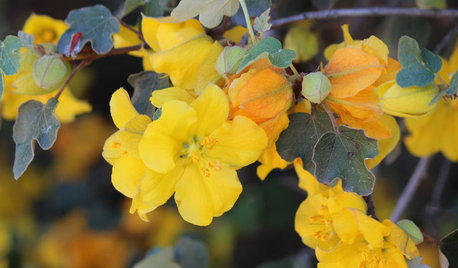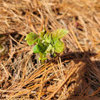Vertical squash to TRY to stop squash vine borers
larry_c
14 years ago
Featured Answer
Sort by:Oldest
Comments (27)
farmerdilla
14 years agoanney
14 years agoRelated Professionals
Clemson Landscape Architects & Landscape Designers · McKinney Landscape Contractors · Wakefield Landscape Contractors · Maple Valley Landscape Contractors · Brandon Landscape Contractors · Cary Landscape Contractors · Columbine Landscape Contractors · Concord Landscape Contractors · Glendale Heights Landscape Contractors · Mastic Beach Landscape Contractors · Morrisville Landscape Contractors · Newnan Landscape Contractors · North Highlands Landscape Contractors · Winter Gardens Landscape Contractors · Maplewood Landscape Contractorsbella_trix
14 years agoscarletdaisies
14 years agoBelgianpup
14 years agodancinglemons
14 years agoshebear
14 years agolarry_c
14 years agoanney
14 years agosusancol
14 years agoscarletdaisies
14 years agoaubade
14 years agoglib
14 years agodancinglemons
14 years agoBelgianpup
14 years agolarry_c
14 years agoorganicislandfarmer
14 years agoglib
14 years agokterlep
14 years agovikingkirken
14 years agogwanatu
13 years agofriedabyler
13 years agojoyrobi
13 years agoscarletdaisies
13 years agowillow81
13 years agochristine97
13 years ago
Related Stories

EDIBLE GARDENSSummer Crops: How to Grow Squash
Almost foolproof and with cheerful flowers, squash comes in a wide range of varieties to plant in spring
Full Story
FARM YOUR YARDHouzz Call: Home Farmers, Show Us Your Edible Gardens
We want to see where your tomatoes, summer squashes and beautiful berries are growing this summer
Full Story
HOUSEKEEPING7-Day Plan: Get a Spotless, Beautifully Organized Garage
Stop fearing that dirty dumping ground and start using it as the streamlined garage you’ve been wanting
Full Story
EDIBLE GARDENSSummer Crops: How to Grow Pumpkins
Start in spring to grow your own fall decorations and have plenty left for pies
Full Story
DECORATING GUIDESMood Makers: Luxurious Looks on a Budget
Want a high-end look in your home but feeling choked by your budget? Try these pro decorator tips to give your rooms a luxe look for less
Full Story
EDIBLE GARDENSGarden BFFs? Why Your Vegetables Are Begging for Companion Plants
Foster friendships among plants for protection from pests, pollination support and color camaraderie
Full Story
EDIBLE GARDENS8 Surefire Vegetables and Herbs for Beginning Gardeners
Learn the edible plants that are popular and easy to grow in a backyard or container garden
Full Story
GARDENING GUIDESVegetables and Flowers Mix in Beautiful Edible Gardens
Ornamentals, meet your edible garden mates. We know you'll get along just beautifully
Full Story
CALIFORNIA GARDENINGCalifornia Gardener's May Checklist
Only one major chore but a plethora of planting possibilities means a delightful month in California gardens
Full Story
LANDSCAPE DESIGNLay of the Landscape: Southwestern Garden Style
Water may be scarce, but color and striking foliage are as profuse in the desert landscape as the sunsets are breathtaking
Full StoryMore Discussions







bella_trix